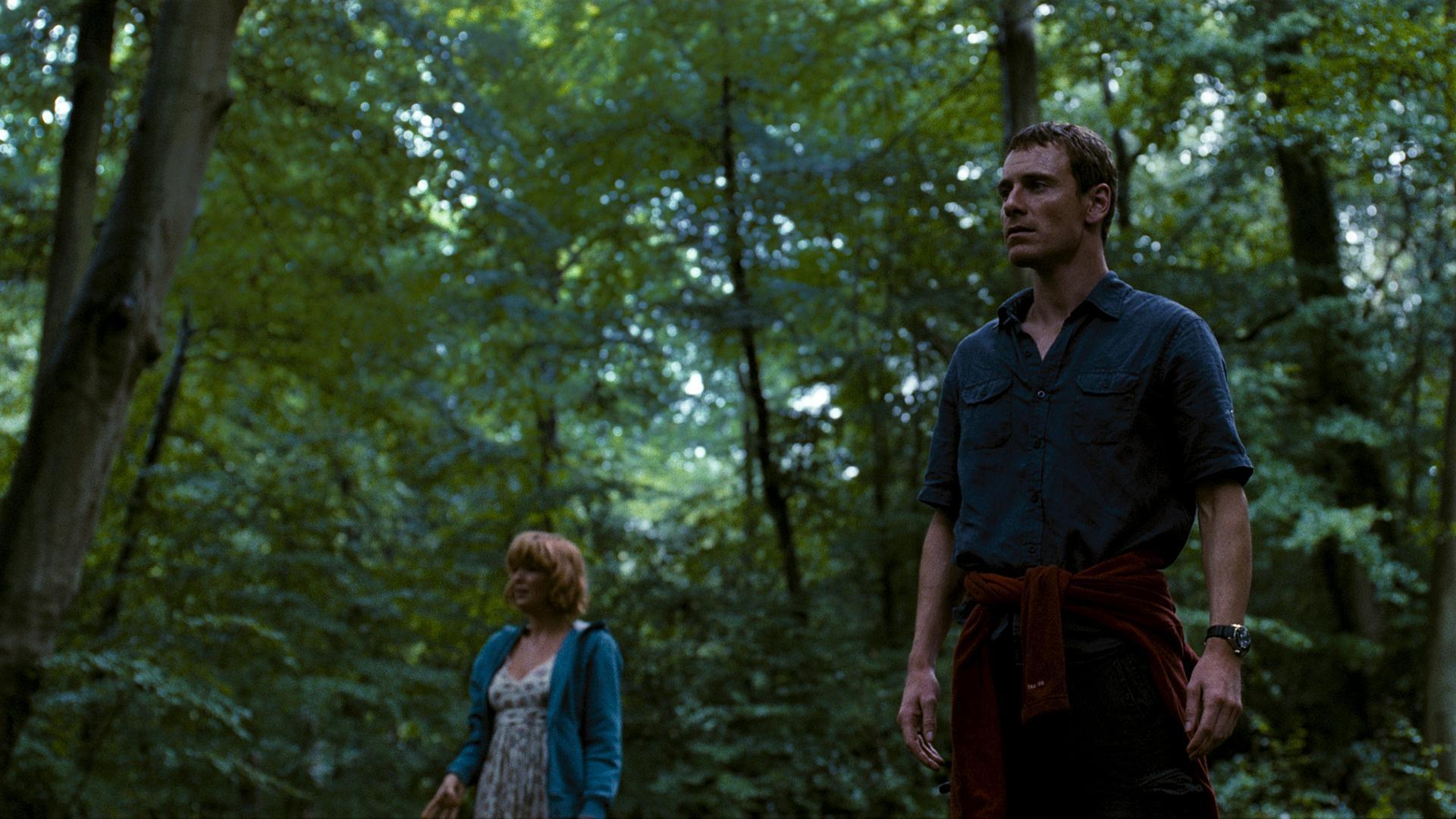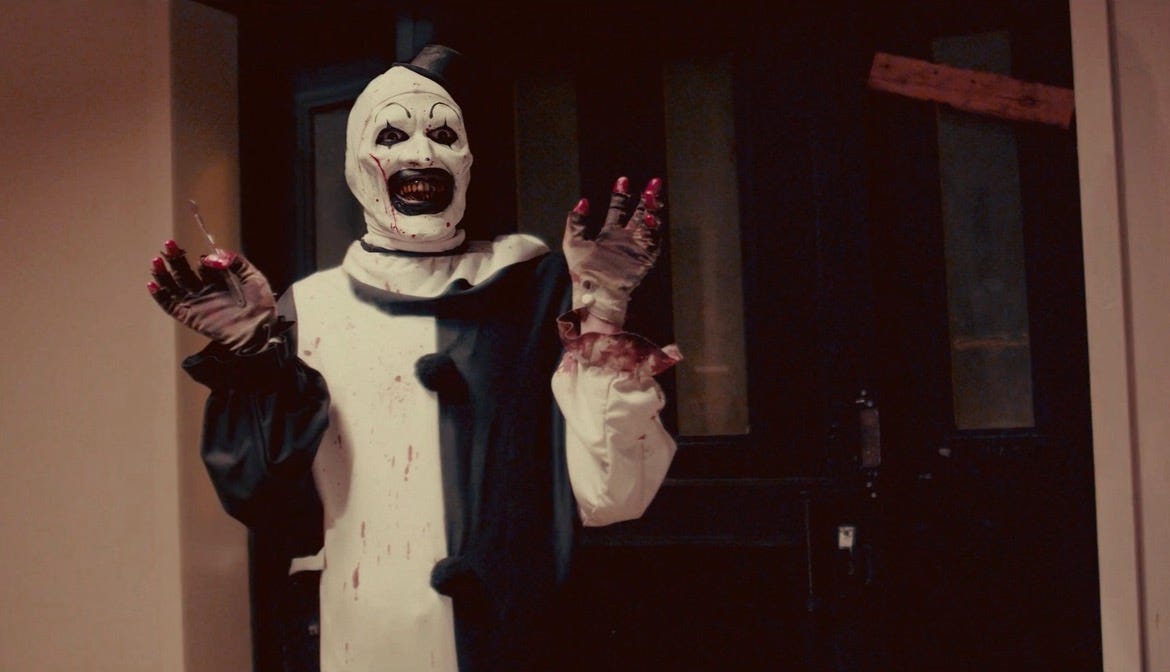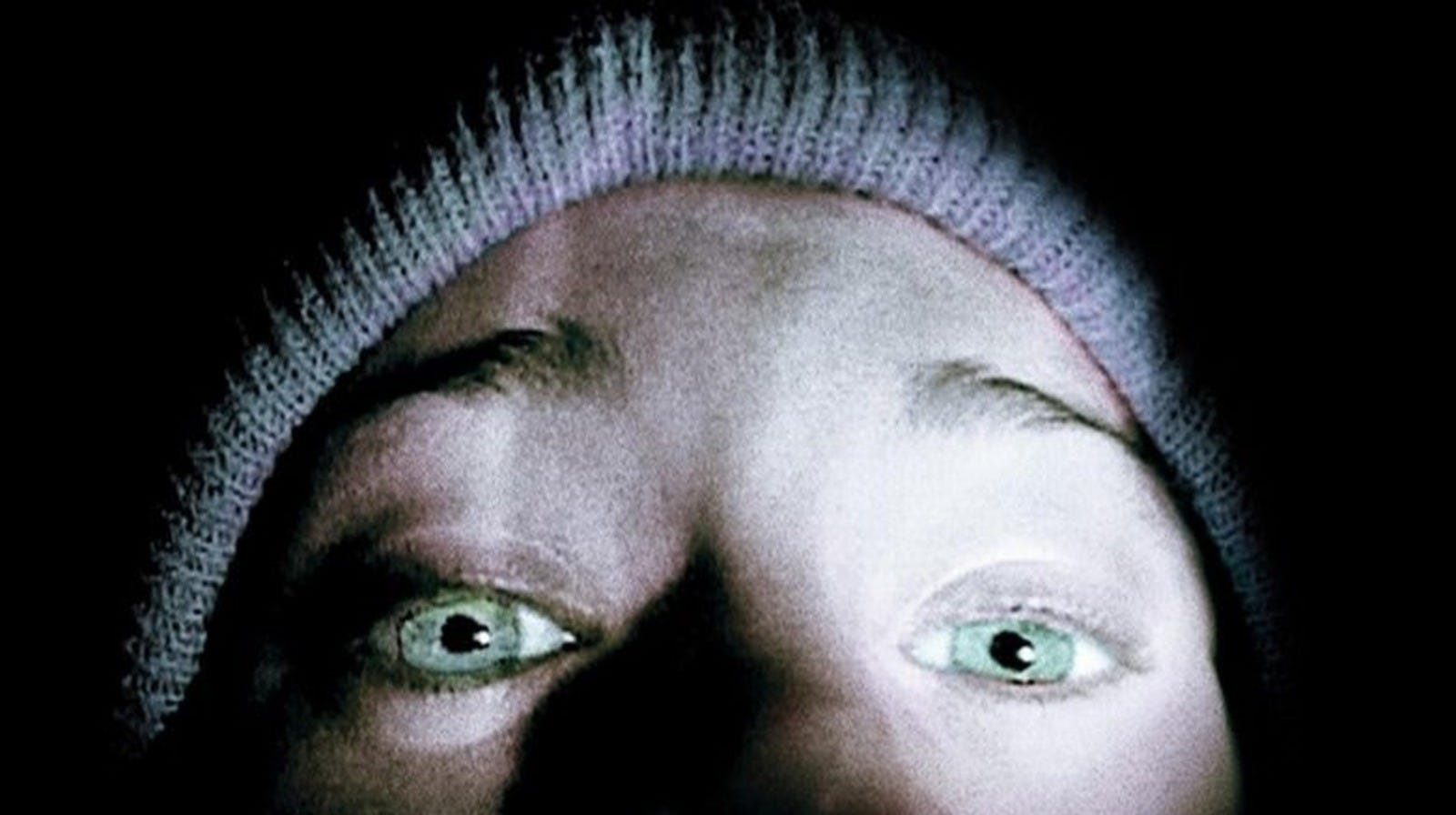
5 Of Our Favourite Summer Horror Movies
Ah summer. Sunshine, freshly cut grass, and teens running into ill-advised situations.
Over the years, we've seen plenty of adventurous young people (teenagers and adults alike) decide that it's a good idea to go explore those backwoods or stay at that lake cabin with a questionable past.
It's usually not.
Let's take a look at some of our favourite results of those ideas:
Eden Lake

Perfect to start with considering it’s UK election week, Eden Lake is one of the finest examples of “hoodie horror”; a sub-genre that emerged from political revolt. Back in mid-2000s Britain when Tony Blair’s labour government started implementing laws against “anti-social” behaviour particularly targeted at young people and the poor, the British film scene saw an opportunity to exploit and more importantly make fun of people’s fears.
Eden Lake is one of the most important films of the British horror revival of the early-mid 2000s and one that took the classic “backwoods” genre seen in films like Deliverance and Wrong Turn and injected into it a dose of British fear-mongering. An examination of Britain’s class system, Eden Lake is written and directed by the debuting James Watkins and follows a young couple (Kelly Reilly and Michael Fassbender) whose peaceful weekend away is ruined by a group of hoodied-up, low-jeaned teens.
It’s well-known that the best horror comes from praying on the real-life fears of society; something we’ve seen in the genre time and time again. The image of hoodie-wearing, BMX-riding, flick-knife-wielding teens is something that still strikes fear into the general British public today, and to take it and apply it to a familiar formula worked wonders, as both a horror film and a darkly satirical take on Tony Blair’s “broken Britain.”
Terrifier

Some of the best slasher movies have extensive lore and backstories- from Jason Vorhees’ mommy issues to the emotional depth of Leatherface, slasher villains can sometimes elicit a certain empathy. But not Art the Clown. Art the Clown is just a miming, tiny-hat-wearing menace.
Terrifier is a slasher movie that’s just a slasher movie. There are no distractions, love interests or sub-plots, just a menacing clown and his array of creative ways to sever one's soul from one's body by way of severing everything else. Unlike Pennywise, Art doesn’t appear to children in sewers or have any extraterrestrial powers; Art the Clown is just an old-fashioned serial killer.
As far as slasher movies go, Terrifier is among the most graphic. Its splashy kills will make you cringe but also laugh at their absurdity, as will a lot of the obscene humour that writer-director Damien Leone provides, along with plenty of great atmosphere and tension. It is a rather obvious throwback to B-movie slashers of the 80s, but Terrifier is a surprisingly nice-looking film that boasts style in both the visual and audio departments. It’s a very simple film, and one that you can shut your brain off for a couple of hours, at least until Art the Clown slashes it out and probably plops it in his own head. Just for the bants.
Don’t Breathe

Don’t Breathe was a prominent film during a sort of US horror renaissance that was happening at the time. After years of laughable fright-flicks that employed cheap tactics and jump scares, mainstream horror was finally becoming intelligent again, and Don’t Breathe was one that set itself apart in an already oversaturated genre.
Fede Alvarez’s Don’t Breathe was a horror film that emerged during a time when the majority of them were dealing with demonic possession, ancient spirits and Sharknado 3. In fact, Alvarez commented that part of his inspiration to make this film (a contrast to his previous film Evil Dead), was that supernatural elements in horror were overused. It isn’t all that often that horror movie villains are regular people who are just trying to protect their property. And other things.
Flipping the script on 1967s Wait Until Dark, a group of teens discover that a blind old guy is sitting on 300,000 dollars cash stashed in his house. But he’s also sitting on PTSD, paranoia and a particular set of skills that make him a nightmare to people like you. The blind man, portrayed by Stephen Lang and not Liam Neeson is a veteran of the Gulf War who lost his sight thanks to a shrapnel, and he’s not about to let a group of home invaders invade his home without letting them know just whose home it is. And just like the best horror movies, this one taps into several real-life human fears, and also provides a bit of conflict as to who we’re supposed to root for.
The Cabin in the Woods

The Cabin in the Woods is part parody movie and part uber-meta horror-comedy. Examining slasher movies, their tropes, cliches, absurdities whilst also poking fun at audiences and our lust for violence and the general barbaric nature of the human race. It also looks at the concerns we have regarding higher-ups, people in charge and those who may or may not be controlling the world.
Written by Joss Whedon and directed by Drew Goddard, who previously worked together on Buffy the Vampire Slayer and Angel, described it as a critical satire of torture porn. It does welcome a lot of unpacking- which films are being referred to, which conventions are being criticised, and what for? It presents itself a little like The Truman Show meets Friday the 13th, seamlessly balancing it’s two genres managing to be genuinely scary and genuinely funny- a blend that doesn’t always work as well as it should.
The Cabin in the Woods was clearly made with a lot of love for the horror genre. Avoiding critical cliches that manifest in a more hateful way, it makes fun of horror movie tropes in a very clever way, and a fascinating exploration of why these tropes exist and how they’re exploited.
The Blair Witch Project

If you love found-footage horror movies like Paranormal Activity, REC and The Taking of Deborah Logan, you have Daniel Myrick, Eduardo Sanchez and The Blair Witch Project to thank. Although not the first to use the technique (something that did spark a bit of criticism), Blair Witch sparked a movement in the horror genre that has seen a plethora of similar chillers that it has been a clear influence on- even outside of horror in movies like the superhero thriller Chronicle by Max Landis.
The Blair Witch Project concerns three students who decide to venture into the Maryland backwoods to find out about the mysterious “Blair Witch” incidents. Now I don’t know about you but going into the deep dark woods to look for witches sounds like a terrible idea. And the fact that we as the audience experience their venture only through footage from their camcorder proves that this was indeed a terrible idea.
Made independently and with less than a million bucks, Blair Witch is one of many films that prove time and time again that a big-budget and fancy special effects do not make an effective horror movie. It also once again proves what has been an ongoing theme of this piece: exploiting human fears. Humans fear very simple things- bumps in the night, mysterious shapes in the dark, and the unknown. Alfred Hitchcock once said that the audience's imagination will always be more terrifying than anything that can be filmed, and here, the imaginations of both the characters and audiences alike have been filled with talk of witchcraft and murder. The Blair Witch Project is a perfect illustration of our most primal fears- the things we can’t see.
Be sure to check out our Shocking Savings on Summer Horror promo. Discounted prices on all the great films you see here, and many more!
If monster movies are more your thing, take a look at 5 Of Our Favourite Monster Movies!





Leave a comment